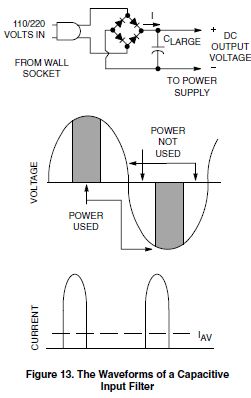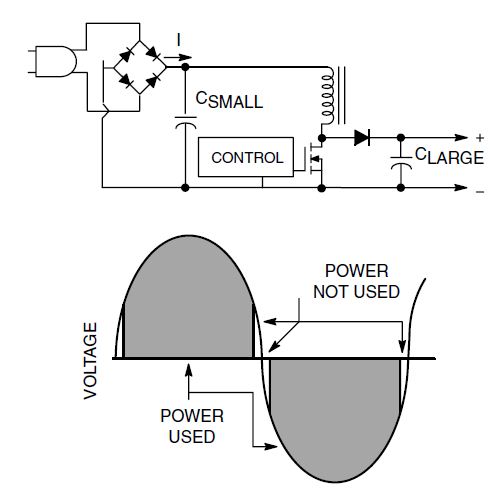baby_1
Advanced Member level 1
Hello
why according this picture we can't use all power of rectified voltage?why in this picture in some part of input signal we can use the (Power not used)?

why according this picture we can't use all power of rectified voltage?why in this picture in some part of input signal we can use the (Power not used)?

